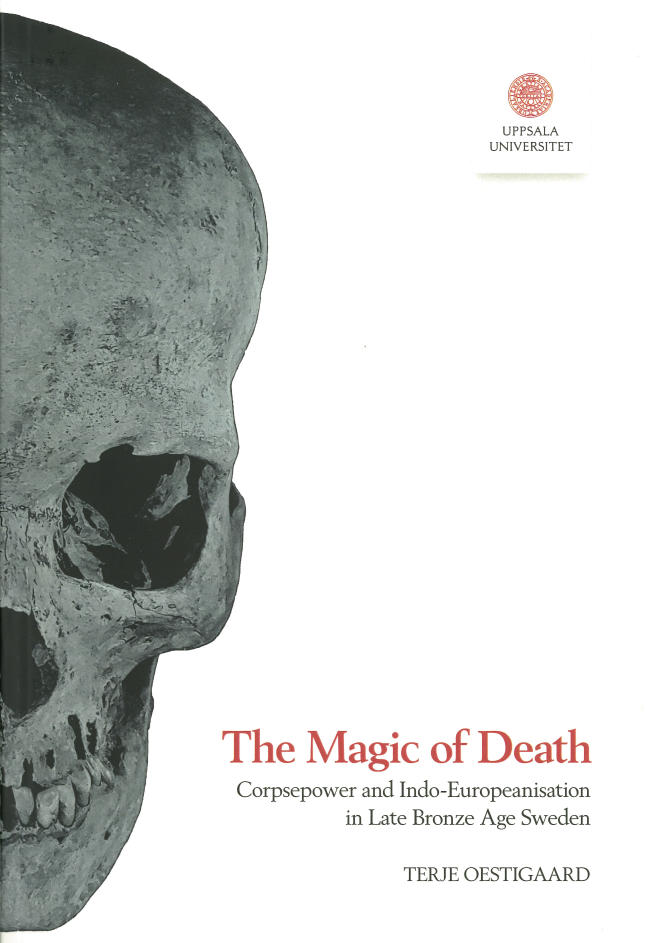This theoretical analysis of ritual, religion and processes of holiness and Indo-Europeanisation examines how celestial and terrestrial perspectives are united in functional and substantive approaches. Scandinavian Bronze Age religion was firmly rooted in an agricultural cosmology that integrated the seasonality of the sun into changing water worlds throughout the winter. Through a study of the enigmatic Late Bronze Age sites Håga and Nibble in Sweden, the concept of corpsepower is developed. Life had its origin in death and the corpse was the most powerful source oflife. In Indo-European and agricultural traditions, the cosmological power inherent in the dead body was the ultimate cosmological force that ensured future fertility and successful harvests. Death was a ritual and a cosmological intensification aimed at creating continuity between the agricultural seasons and inciting the life-giving forces in nature. Death was not merely an end or a form of closure; the corpse was a means of acquiring wealth and health. Death was doing and magic was the work of the
ancestors.

